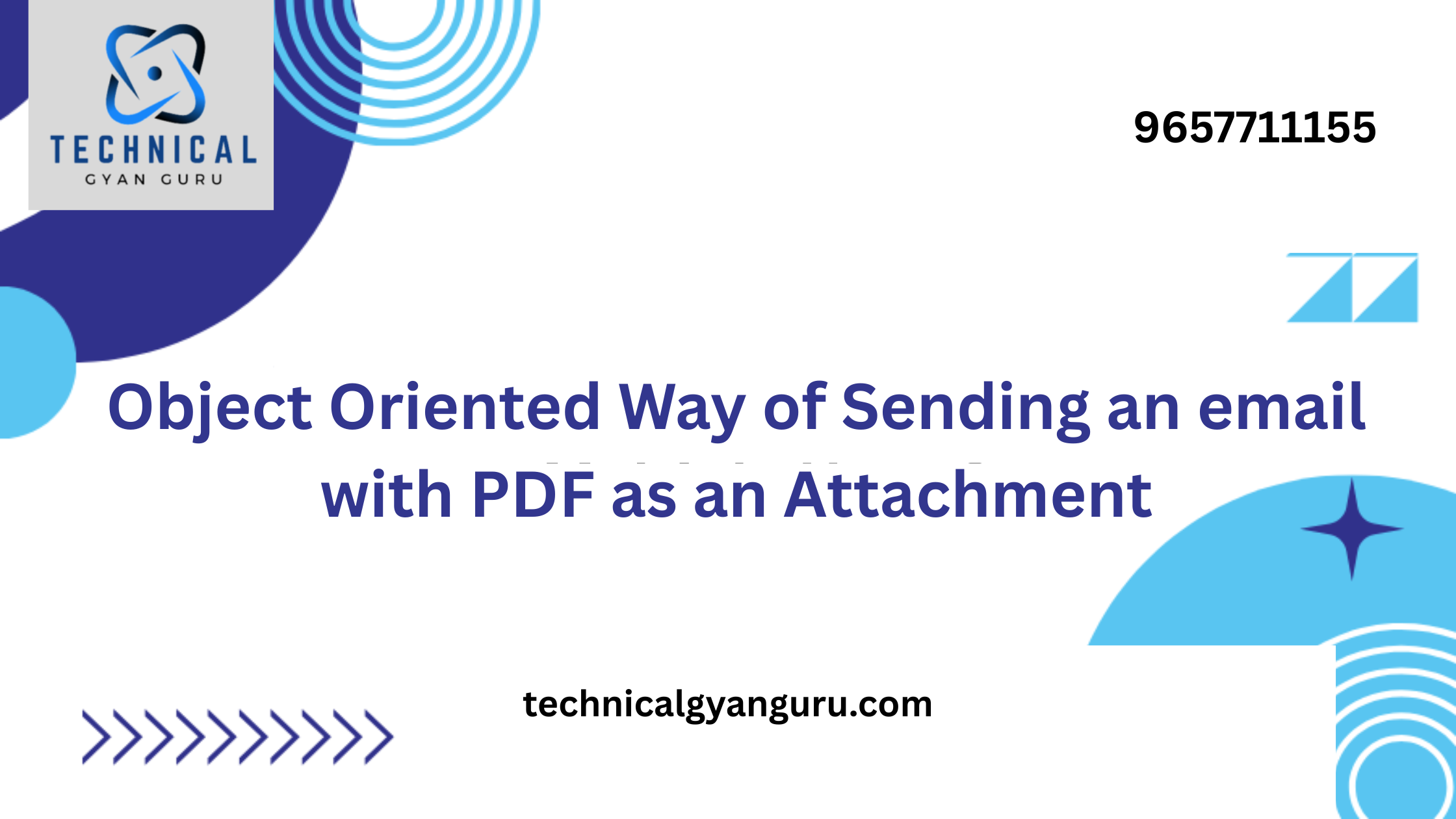Unlock the power of efficient data management in Create Deep Entity in SAP OData SAP OData! This guide dives deep into creating deep entities, exploring its benefits, prerequisites, and step-by-step instructions with code examples. Empower yourself to streamline data manipulation and enhance your SAP OData skills.
Feeling overwhelmed by the tedious task of creating multiple related entities in your SAP OData application? Do you yearn for a way to streamline data management and save precious time and resources? Look no further than the power of deep entity creation in SAP OData!
This innovative technique allows you to create and link multiple entities in a single request, significantly enhancing the efficiency and flexibility of your data manipulation within SAP systems. Whether you’re a seasoned developer or just getting started with SAP OData, this comprehensive guide will equip you with the knowledge and skills to master deep entity creation.
We’ll delve into the fundamentals of deep entities, explore their undeniable benefits, and guide you through a step-by-step process with clear code examples. By the end of this journey, you’ll be well-equipped to unleash the full potential of deep entities and transform your SAP OData development experience!
Unveiling the Power of Deep Entities: A Deeper Dive
Before diving into the practical aspects of creating deep entities, let’s establish a solid foundation:
1. Understanding Deep Entities in SAP OData:
- What are deep entities?
- Deep entities are a powerful feature in SAP OData that allows you to create and link multiple related entities within a single request payload.
- Instead of sending separate requests for each entity, you can combine them into a single call, significantly reducing network traffic and improving overall performance.
- Benefits of using deep entities:
- Enhanced Efficiency: Deep entity creation saves valuable time and resources by eliminating the need for multiple requests.
- Simplified Logic: It streamlines your code and simplifies the logic for managing related entities.
- Improved User Experience: Faster data processing translates to a more responsive and efficient user experience.
2. Prerequisites for Deep Entity Creation:
- Data Model Considerations:
- Your data model must be structured with associations between the entities you want to create deeply.
- Ensure the cardinality of the associations is compatible with deep entity creation (e.g., one-to-one, one-to-many).
- Service Implementation Requirements:
- Your SAP OData service needs to be configured to support deep entity creation.
- This involves implementing the CREATE_DEEP_ENTITY method within the service’s data provider class.
By understanding these core concepts and ensuring your environment is prepared, you’ll be ready to embark on the practical implementation of deep entity creation in SAP OData.
1. What are the different types of deep entities in SAP OData?
SAP OData supports two primary types of deep entities:
- Deep Create: This type allows you to create a new parent entity along with its related child entities in a single request.
- Deep Update: This type enables you to update an existing parent entity and its related child entities simultaneously.
2. How do I handle errors during deep entity creation?
Error handling is crucial when working with deep entities. Here’s what you need to consider:
- Implement proper error handling mechanisms within the CREATE_DEEP_ENTITY method to capture any errors that occur during the creation process.
- Provide informative error messages to the user, indicating the specific entity and the nature of the error encountered.
- Consider using transactions to ensure data consistency in case of errors. If an error occurs during deep creation, the entire operation can be rolled back.
3. What are the security considerations for deep entity creation?
Security is paramount when dealing with data manipulation. Here are some key points to remember:
- Ensure that users have the appropriate permissions to create both the parent and child entities involved in the deep creation process.
- Implement authorization checks within your service logic to restrict unauthorized access to deep entity creation functionalities.
- Regularly review and update your security measures to stay ahead of potential threats.
4. Are there any limitations to using deep entities in SAP OData?
While deep entities offer significant benefits, there are a few limitations to consider:
- Complexity: Deep entity creation can involve more complex code and logic compared to single entity creation.
- Data Model Constraints: The structure of your data model plays a crucial role. Deep entities might not be suitable for all scenarios, especially if your data model is not designed with deep creation in mind.
By understanding these frequently asked questions and considerations, you can confidently leverage the power of deep entities while ensuring robust error handling, security, and efficient data management within your SAP OData applications.
Conclusion
Empowering Efficiency with Deep Entity Creation in SAP OData
The world of SAP OData offers a powerful tool for efficient data manipulation: deep entity creation. This innovative technique empowers you to create and link multiple related entities in a single request, significantly enhancing efficiency, simplifying logic, and improving the user experience.
This comprehensive guide has equipped you with the foundational knowledge, practical steps, and essential considerations for implementing deep entity creation in your SAP OData applications. By understanding the concept, prerequisites, step-by-step process, and best practices, you can unlock the full potential of this powerful feature.
Remember, deep entity creation requires careful planning and implementation. Ensure your data model is structured appropriately, your service is configured to support it, and you have robust error handling and security measures in place.
So, take the first step towards streamlining your data management and elevating your SAP OData development skills. Embrace the power of deep entity creation and witness the efficiency and flexibility it brings to your applications!
read Our Other Blogs here
oracle dba architecture interview questions
Salesforce Admin training benefits








